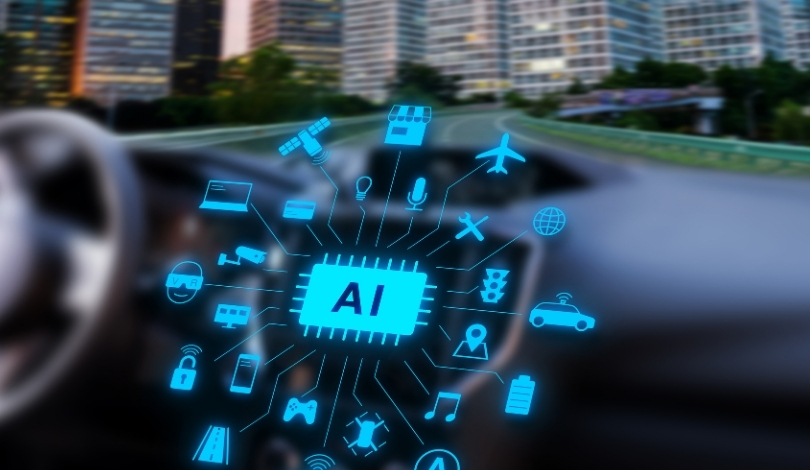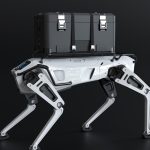Stepping further into the digital age, Tools for Humanity, co-founded by OpenAI CEO Sam Altman, continues to widen the reach of its biometric scanner project, World. The launch brings the Orb devices to six major U.S. cities, marking a significant step in establishing a global digital identification system. This effort resonates with the growing trend of integrating advanced biometric technology into everyday life, providing an intriguing intersection between technology, security, and personal identity.
In previous developments, these futuristic devices have expanded beyond merely identification purposes to include cryptocurrency transactions. The transition from the original name “Worldcoin” to the current “World” underscores this broader scope. Although numerous countries have witnessed the introduction of the Orb before the U.S., this expansion reflects a strategic attempt to solidify the nation’s stance in this evolving technological space. The constant evolution of the concept exemplifies the ambition to combine cryptocurrency and digital verification in a singular ecosystem.
What Is the Technology Behind the Orbs?
The technology behind the Orbs involves iris scanning to create a unique digital identity, termed World ID. Using Nvidia‘s Jetson chipset, the device measures iris patterns, offering a more stable biometric identifier than fingerprints. These Orbs not only verify unique identities but also reward users with WLD cryptocurrency. This process aims to integrate seamless identification with digital asset management, signaling a complex yet efficient future for personal identification systems.
How Will the U.S. Production Impact the Project?
U.S. production of Orbs, starting in Richardson, Texas, marks a new chapter in the project’s timeline. This move is expected to scale up deployment, with plans to reach 7,500 Orbs across the country by year’s end. Alongside initial cities like Atlanta, Austin, and San Francisco, the rollout will soon cover additional locations such as Seattle and Las Vegas. The goal to reach 180 million Americans underscores the project’s expansive aspirations, aiming for a billion users worldwide as it lays the foundation for a comprehensive global ID system.
What Do the New Partnerships Mean for World?
New partnerships, notably with Visa and Match Group, are set to substantiate World’s position in the digital landscape. The impending “World Card” will facilitate the spending of digital assets globally, reflecting the project’s ambition for versatility in digital currency use. Additionally, the collaboration with Match Group to use World ID for age verification on Tinder in Japan highlights diverse applications beyond identity verification, aiming to enhance digital trust and safety in user interactions.
The network of investors backing World, including Andreessen Horowitz and Reid Hoffman, illustrates confidence in this vision of blending technology with daily life. However, this rapid expansion into biometric verification raises questions about privacy and the ongoing challenge of securing personal data. As World attempts to bridge technology with practicality, the focus remains on addressing these critical ethical and security concerns. Readers should consider the implications of such technology on privacy and the interaction between identity verification and digital commerce.










